
As those of us who’ve been playing in the dirt for more than a few years in more than a few different rigs have learned, having an automatic transmission is much better—and easier!—off road than having a manual tranny. There’s no pesky clutch to deal with and it frees up the driver’s left leg to work the brake pedal instead of the clutch pedal. And an automatic can decide which gear is best for the hill you’re climbing.

However, starting the climb up a steep hill in second-under (low range) is much easier than being forced to start out in first-under. The problem with most auto-shifters is that they have to begin rolling in first gear. This isn’t a problem when going downhill (the hold-back usually works wonderfully regardless of the transmission—or type of transmission—involved, and the driver needn’t even touch the brakes), but going uphill can make the driver spin the wheels so badly that the rig doesn’t move—just sits there with spinning tires raising a dust cloud, digging holes, and throwing gravel.
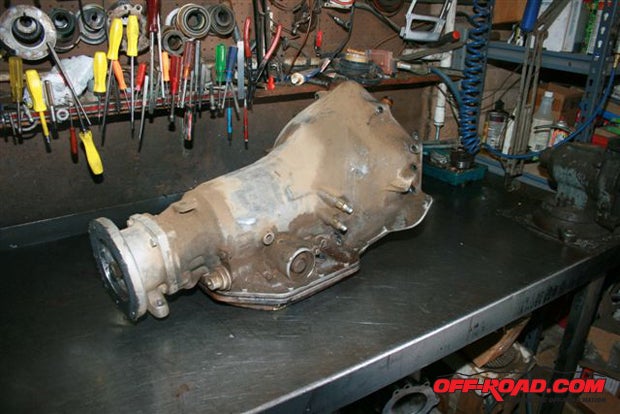
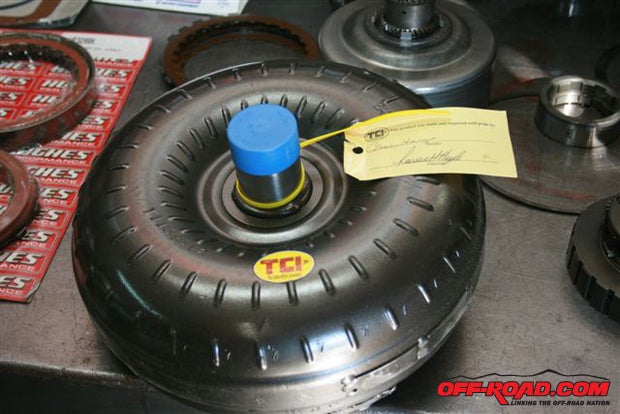
Beginning the climb in second shoves less torque at the tires, allowing them to grip rather than spin, and it also allows the driver to achieve a higher speed—if necessary or desirable—at less RPM than would be available in first gear. Starting off in second is also the preferred method to get moving on snow and ice. In other words, using second gear—regardless if it’s second/low range or second/high range—gives the driver more precise control of the vehicle’s torque and speed in tight situations than being forced to begin the challenge in first.

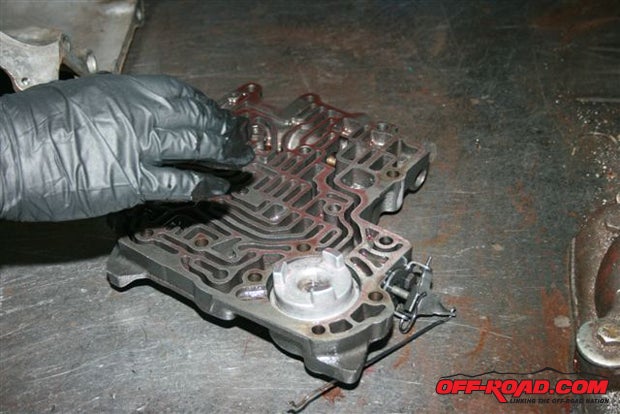
With all this in mind, it stands to reason that a manual-shifting automatic transmission works best when stacking it against a standard (manual) transmission or a standard automatic transmission. The best of all worlds would be an auto-tranny that shifts normally in drive, but can be used like a manual in the first, second, or third (if a four-speed) gears. A GM 700R4 or 4L60 transmission can be configured in this mode, but a TH350 or a TH400 cannot (they’re pre-electronic transmissions) so they can be either fully automatic or manual, but not a combination of both.


Since this changing of the TH350’s shifting was a bit out of the realm of an off-road supply house, I turned to Summit Racing (http://www.summitracing.com/) for my solution to my shifting problem. Summit is well-versed in customers who need interesting solutions to several different needs when it comes to performance. Summit also has a tech line that’s staffed by experienced personnel who can answer your questions and provide excellent advice for your projects.
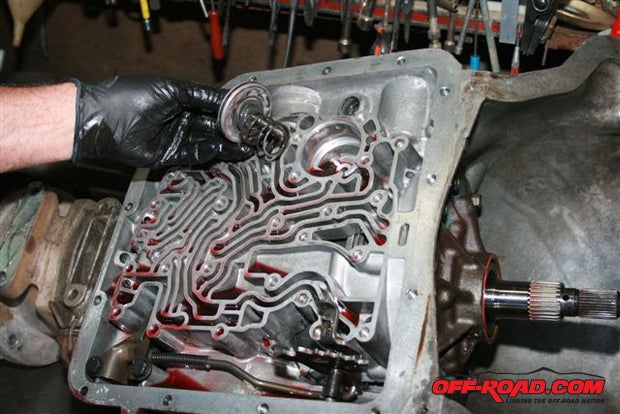
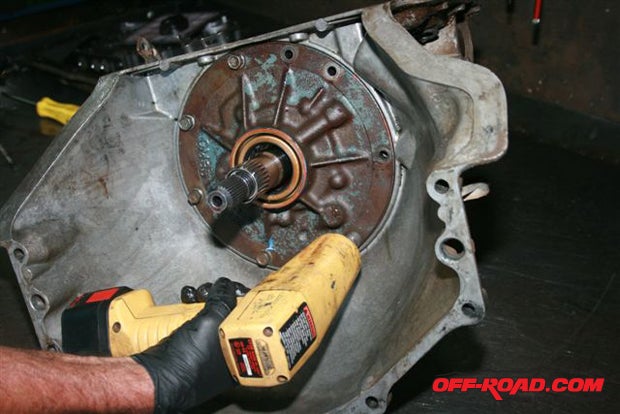
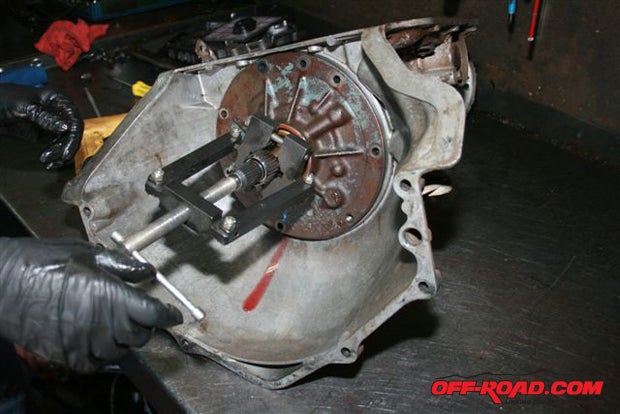
In fact, it was during my conversation with Summit’s tech line that I decided not to rebuild my TH350 myself, but to take it to my local off-road shop (Precision Auto of Kingman, Arizona). I’m a fairly competent mechanic but to rebuild an automatic transmission you need a Jeep-load of specialty tools and equipment, an extremely pristine workplace, and previous experience with rebuilding automatic transmissions (none of which I had). If you’re still interested in doing your own rebuild, I’d highly suggest you purchase the two following shop manuals (both of which are available at Amazon, if not at your local bookstore): Turbo-Hydramatic 350 Handbook by Ron Sessions and the Haynes General Motors Automatic Transmission Overhaul Manual 10360 by Godfrey/Haynes.
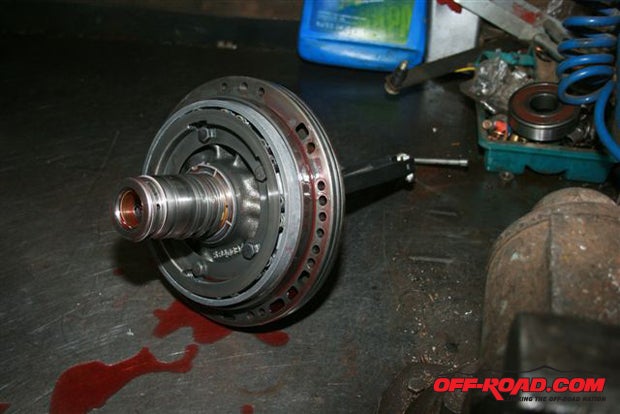

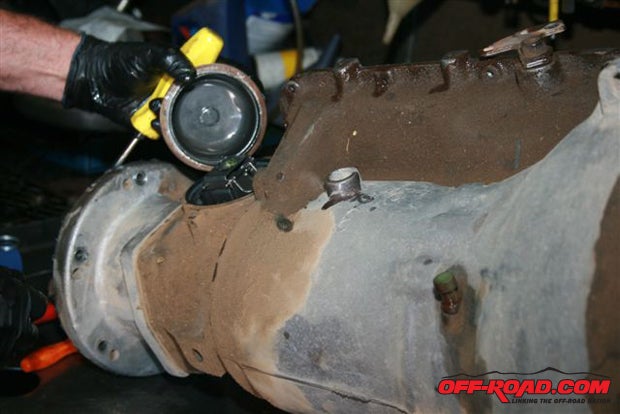
After describing what I wanted, I was told by Summit that I could get maximum performance with a TCI T321115 full-manual valve body. It’s engineered to allow full manual control of the valve body for quicker shift timing and higher line pressures, and it also has a reverse shift pattern. You get less clutch slippage under high load, so that more power gets to the ground. It’s a great choice for virtually any off-road vehicle. A word of warning, don’t accidentally choose a TCI T321100 valve body, it’s also a reverse shift pattern valve body, but it has no hold back. (You could have a wild ride downhill if your brakes give out!)

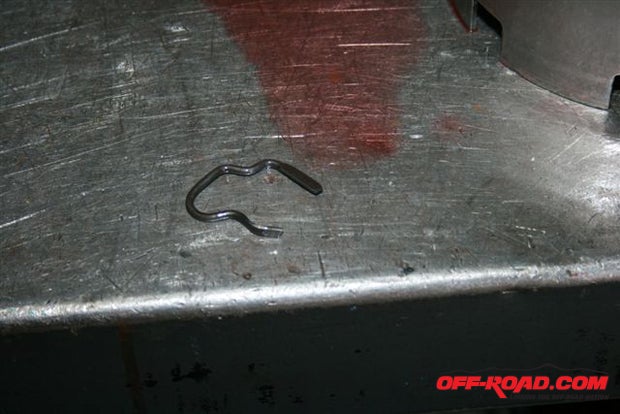
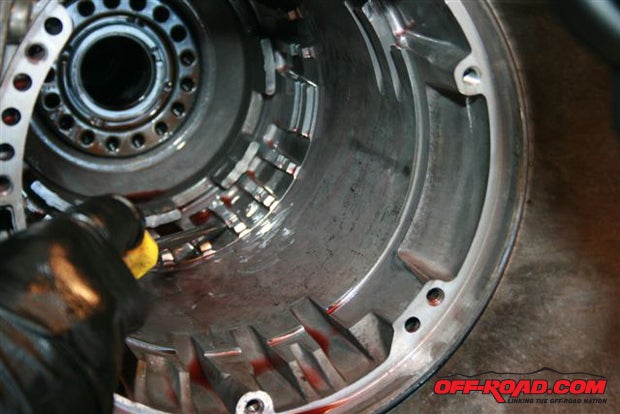
Perhaps now is a good time to give you some facts about the TH350, but I’ll keep the list short so you won’t become bored. The TH350 has a cast aluminum case, iron valve body, and weighs 120 pounds (if you’re planning on pulling it or installing it yourself, you’ll need a transmission jack to move it around). It has a length of 21¾ inches and has 13 pan bolts, which use a 1/2” socket.
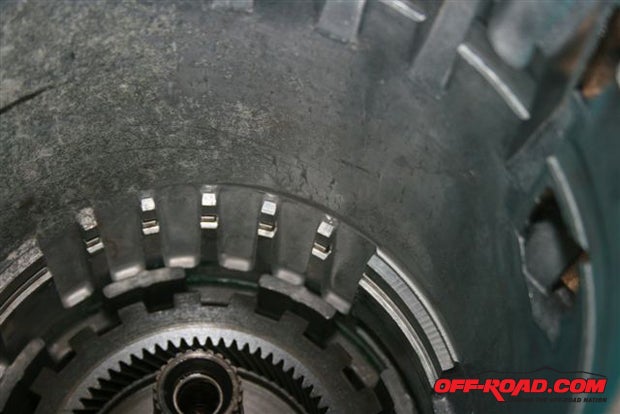
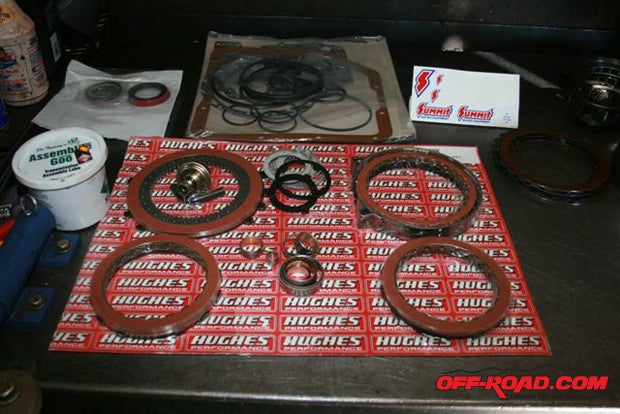
If you think you need to replace the torque converter, do it! Mechanically, most old converters are fine. But, if your transmission had any crud in it, so does your converter, and there is no way to ever get it all out now. Eventually, that crud will be pumped out into the new transmission. Also, check the shiny chrome part of it that plugs into the front of the transmission. Inspect for wear where it has been spinning in the pump bushing. Stick a finger deep into the converter. The gear you feel should turn only in one direction, not both. If the transmission died because a shaft broke, and there is no clutch material or anything in the pan, maybe you can use the old converter. Otherwise, it is usually best to replace the torque converter with a new one or with a properly rebuilt one. Nobody guarantees a rebuild when using an old converter.
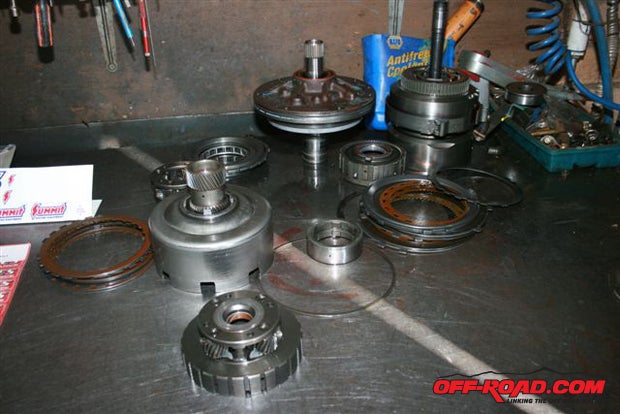
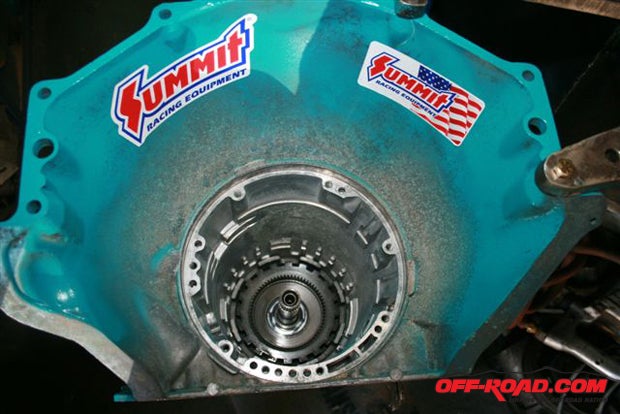
A short note of warning: If you installed a good working 350 transmission, and then it wouldn’t shift past 2nd (into 3rd/Drive), what do you think could have gone wrong in the installation? Well, assuming there are no internal issues, usually it is one of three items: The kick-down cable is adjusted too tight; the intake-manifold vacuum to the modulator is not correct; or the governor is not opening the valve.
Sources:
Summit Racing
http://www.summitracing.com/
TCI Transmissions and Torque Converters
http://www.tciauto.com/
Precision Auto
Kingman, Arizona
928/757-7273
| TORQUE SPECS | |
| TH350 Rebuild | |
| Pan Bolts | 10 1/2 to 13 foot-pounds |
| Converter to flexplate | 46 foot-pounds |
| Bellhousing to engine block | 23 foot-pounds |
| Rear Mount to Trans Case | 32 foot-pounds |
| Rear Mount to Crossmember | 32 foot-pounds |
| Pump | 13 foot-pounds |
| Valve Body | 13 foot-pounds |

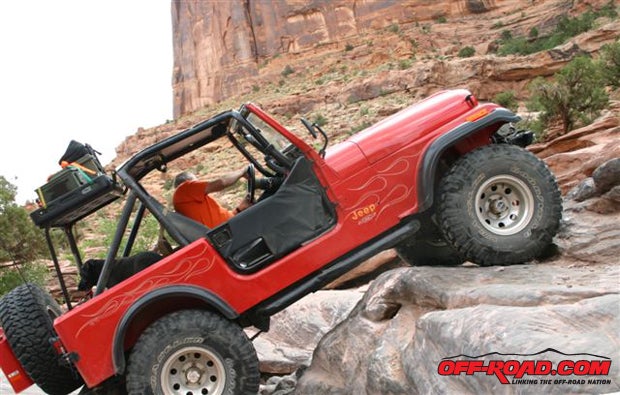

 Your Privacy Choices
Your Privacy Choices